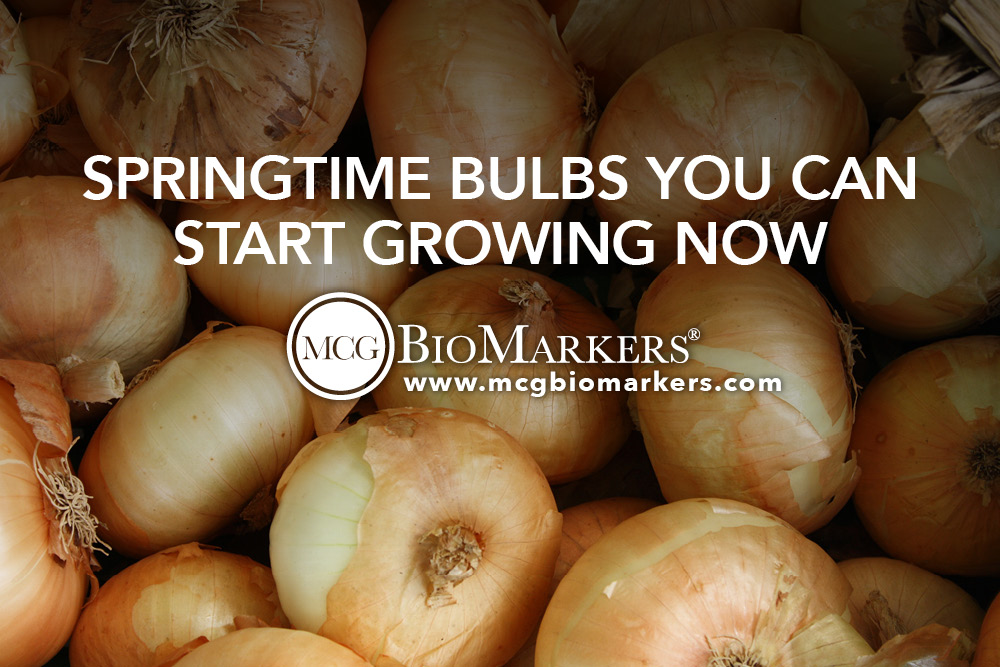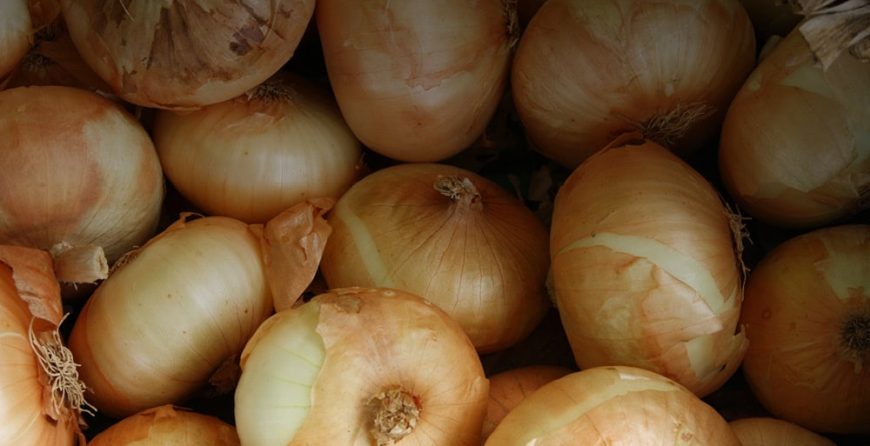 If you didn’t get your vegetable bulbs planted in the fall, don’t panic. There’s no time like the present to get things going for your organic garden. If the ground in your garden has thawed, or if you’re using planters, spring is the perfect time to sow the plants we’re discussing today because they will fully blossom by summer.
If you didn’t get your vegetable bulbs planted in the fall, don’t panic. There’s no time like the present to get things going for your organic garden. If the ground in your garden has thawed, or if you’re using planters, spring is the perfect time to sow the plants we’re discussing today because they will fully blossom by summer.
Choose an arrangement
Before you start transferring your bulbs, it’s important to arrange your garden or planters. If you’ve traditionally planted in straight lines, this would be a good year to change things up. Consider staggering your plants in a zigzag pattern so they’ll absorb more sunshine and water that way. Why is this? When plants are staggered, they’re not in each other’s way, which means everything gets more sun and water.
Another technique to consider is mixing your ornamentals and your vegetables instead of dividing your garden into separate sections. This method will save you time and let you take advantage of companion planting. For instance, try planting garlic near your roses to keep the aphid population down. Also, try placing radishes next to spinach to keep the leaf miners away.
A third helpful technique is to arrange your plants by microclimates. Grouping your plants according to their sun, water, and fertilizer needs will help you use less water and maintain your plants evenly in each section.
When to plant your springtime bulbs
There are several vegetables that you can start growing in March despite what Iowa weather leads you to believe. Consider working with the following vegetables starting now:
Onions: Onions can be grown from seed but you can speed up the process by growing them from bulbs. FYI, bulbs are small, underdeveloped forms of the plant. Onions should be selected by your garden zone and northern areas should stick to long day onions. Your onions can be grown in the spring and harvested once the tops are mature or left in the ground long enough to become storage size.
Garlic: Garlic that is intended for planting is usually obtained from the gardener’s previous season and stored until spring rolls around again.
Beets: As soon as March hits and the ground begins to thaw, get your beets in the soil. Sow them now for a fast, early summer harvest.
Broccoli: If you live in a warmer part of the state, you can find a quick growing broccoli variety that can be harvested until it takes off in the middle of summer.
Cabbage: As one of the easier plants to grow in your garden, cabbage is great for March planting. The trick is to choose a variety that’s ideal for your zone (go by size and maturity). When you start cabbage, it’s important to fertilize and maintain proper soil saturation as the head begins to form.
Herbs: The beginning of March may be a bit cool to start herbs, but if things start to warm up by the end of the month, consider planting basil, oregano, sage, and thyme.
Lettuce: Who says springtime is too early to think about garden fresh salads? Start growing your favorite mixed greens and keep them going throughout the summer and into early fall.


